 After a long week filled with events and activities, attending lectures and panel discussions on a variety of game development topics, meeting lots of people and going to several parties, I am finally back home, unpacked and rested. Although I am back in my comfortable and familiar environment, images continue to pervade my thoughts reminding me of the wonderful times I had experienced.
After a long week filled with events and activities, attending lectures and panel discussions on a variety of game development topics, meeting lots of people and going to several parties, I am finally back home, unpacked and rested. Although I am back in my comfortable and familiar environment, images continue to pervade my thoughts reminding me of the wonderful times I had experienced.
On Thursday afternoon, I attended another presentation about casual games, and specifically on whether Macromedia's Flash is a viable platform for producing games. The talk "What About Flash? Can We Really Make Games With It?" was given by Scott Bilas, veteran game systems engineer and director of product development with Oberon Media, and he delivered a full overview of the benefits and shortcomings of Flash from a variety of game development perspectives. The presentation originated from a paper he wrote on the same topic and can be found on his website.
Following Scott's Flash talk, it was time for Experimental Gameplay 2005 - a collection of presentations from people in the industry who have been working on games or projects consisting of unique and/or experimental forms of gameplay. This was one of the highlights of the conference for me, as there were many excellent ideas that were showcased:
An overview and analysis of the I Love Bees project was given by 4orty2wo Entertainment. Noteworthy was that they tried to make a more casual alternate reality game (ARG) of the project, and yet they didn't expect the level of involvement they received from many game players. To address the almost fanatical reaction they received, 4orty2wo augmented the original design to include personal "missions" that were unrelated to the original narrative of the game.
Mark Healey of Lionhead Studios presented a game he has been working on in his spare time for the past couple of years called Rag Doll Kung Fu. The game is brilliantly innovative, looks gorgeous, features a wide array of games and optional modes, and will be available soon "for a tenner". Keep a watch out for this one.
A group of talented students from the Entertainment Technology Center at CMU presented several mini-games and prototypes they created as part of the Experimental Gameplay project. Their goal is to create between 50-100 games in one semester containing novel interactions and novel gameplay. Each game must be made by 1 person in less than 1 week. You can download and play the games they showcased during their presentation.
Ken Stanley from the University of Texas at Austin demonstrated the NERO game based on his method (NEAT) for evolving neural networks that grow more complex as the game is played. Using NEAT, AI player behavior emerges depending on the player, rather than it being scripted or prepackaged, creating unique challenges.
Steve Okimoto, manager of developer relations for Nintendo of America, presented a post-mortem on bringing Tiger Woods PGA Golf Tour to the DS, which contained a new core mechanic for club swinging that was difficult to train the player how to use. He also presented another view of the wonderful new sound toy ElectroPlankton created by Toshio Iwai. I sincerely hope Nintendo intends to bring the beautiful and original game to North America.
Also presented during the 3-hour long GDC session was a demonstration by the Wild Divine Project's innovative mind-over-body meditation and concentration game that incorporates a bio-feedback technology peripheral as the primary interface. Although I was a bit skeptical when first learning of The Journey to Wild Divine, after seeing the demonstration and meeting a couple of the people behind it, I intend to purchase the fascinating and inspiring product soon.
The last session I attended at GDC 2005 turned out to be one of the most exciting events of all the conference. Will Wright was to deliver his "Future of Content" lecture at 10:30AM Friday morning, and so I arrived at the convention center around 9:45 to make sure I could get a good seat. When I got to the room where Will was to speak, he was standing in the front of a line that wound all the way around the corner of the 2nd floor. By the time they started letting people in, the line had more than tripled in length from when I took my spot in the queue. Many of the people behind me would never make it into the lecture.
When Will finally began his talk, he first told the standing room only crowd that he had lied about what he was going to talk about. Rather than deliver a talk about the future of content, instead he wanted to talk about a project he has been working on for the past couple of years—a game called Spore. It was a beautiful, jaw-dropping demonstration that earned applause from the audience several times throughout. Beginning at the microscopic cellular level, Will worked his way up by zooming out in succession, each time revealing a completely new phase of character interaction and development, and new gameplay to go with it.
Jeremy Parish of 1up.com was also in the audience and he has written an excellent article detailing Spore and Will Wright's presentation.
From the state the game appeared in, I am expecting Spore to be released this year, and I will be looking forward to hearing more information about it come E3 in May.
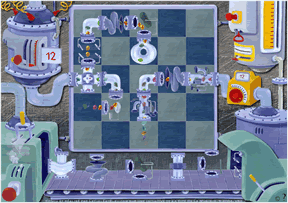 This amazing sound toy was created in France by multimedia conception and interactivity company, LeCielEstBleu, and commissioned by the Cité de la Musique in Paris. la Pâte à Son is an original musical piece and compositional tool that was conceived to encourage musical experimentation, and its achievements surpass its goal. Not only is this toy fun to play and experiment with, it is also capable of creating some very beautiful music.
This amazing sound toy was created in France by multimedia conception and interactivity company, LeCielEstBleu, and commissioned by the Cité de la Musique in Paris. la Pâte à Son is an original musical piece and compositional tool that was conceived to encourage musical experimentation, and its achievements surpass its goal. Not only is this toy fun to play and experiment with, it is also capable of creating some very beautiful music.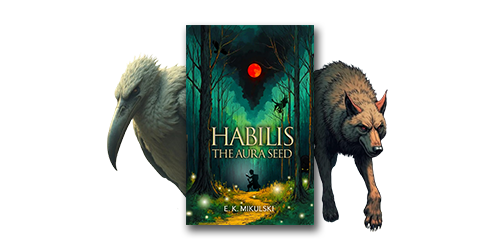




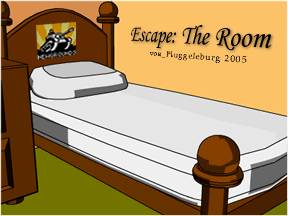
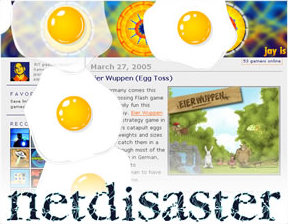
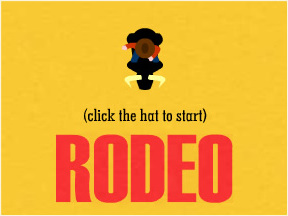
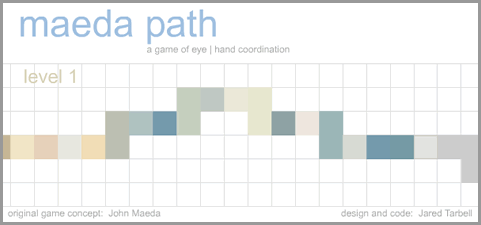
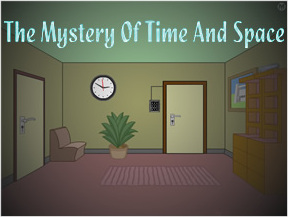
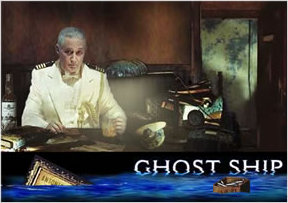
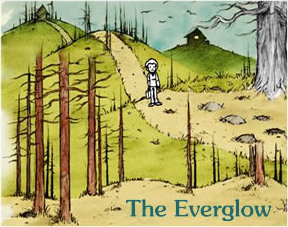
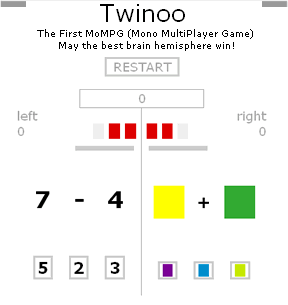
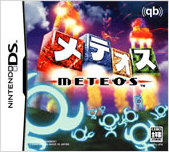
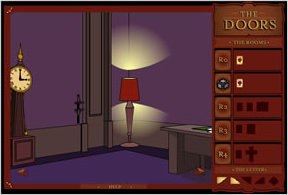
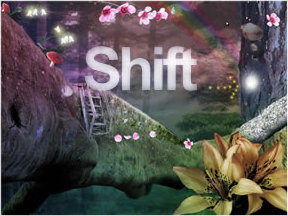
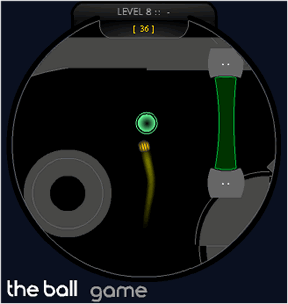
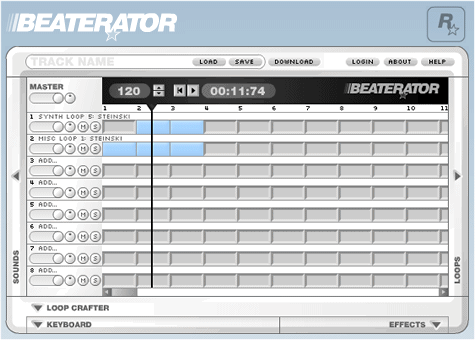
 After a long week filled with events and activities, attending lectures and panel discussions on a variety of game development topics, meeting lots of people and going to several parties, I am finally back home, unpacked and rested. Although I am back in my comfortable and familiar environment, images continue to pervade my thoughts reminding me of the wonderful times I had experienced.
After a long week filled with events and activities, attending lectures and panel discussions on a variety of game development topics, meeting lots of people and going to several parties, I am finally back home, unpacked and rested. Although I am back in my comfortable and familiar environment, images continue to pervade my thoughts reminding me of the wonderful times I had experienced.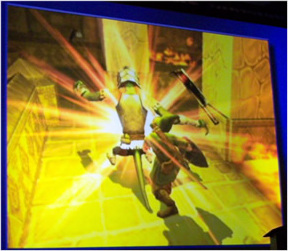 Satoru Iwata delivered his Game Developers Conference 2005 keynote address this morning and spoke about his experiences as a gamer and as a game developer. He talked of some of the highlights in his career with HAL Laboratories where he began his illustrious career with Nintendo, beginning with NES Pinball, and progressing through the Mother 1 & 2 series, Kirby, and Super Smash Bros. He then rewarded the audience with exclusive, never before seen footage of the latest build of the next Zelda game coming to Gamecube.
Satoru Iwata delivered his Game Developers Conference 2005 keynote address this morning and spoke about his experiences as a gamer and as a game developer. He talked of some of the highlights in his career with HAL Laboratories where he began his illustrious career with Nintendo, beginning with NES Pinball, and progressing through the Mother 1 & 2 series, Kirby, and Super Smash Bros. He then rewarded the audience with exclusive, never before seen footage of the latest build of the next Zelda game coming to Gamecube.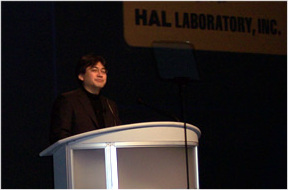 He also spoke of other present developments promising a free Wi-Fi service for the Nintendo DS to be launched later this year. Also, with the upcoming release of Mario Kart for Nintendo DS, he even called several people up on stage to demonstrate the latest build of the game. What I found interesting was that everyone was driving their karts using just the D-pad and the A & B buttons of the DS. Although the wireless capabilities of the DS was being used to race against each other, the touch screen and other innovative interface features of the DS were not. The touch screen showed a map representation of the race course, while the upper screen showed the kart race itself.
He also spoke of other present developments promising a free Wi-Fi service for the Nintendo DS to be launched later this year. Also, with the upcoming release of Mario Kart for Nintendo DS, he even called several people up on stage to demonstrate the latest build of the game. What I found interesting was that everyone was driving their karts using just the D-pad and the A & B buttons of the DS. Although the wireless capabilities of the DS was being used to race against each other, the touch screen and other innovative interface features of the DS were not. The touch screen showed a map representation of the race course, while the upper screen showed the kart race itself.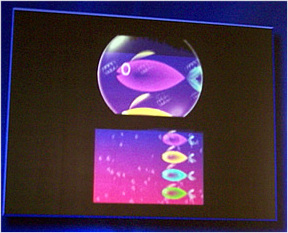 A couple other upcoming DS releases were next demonstrated by Nintendo representative Bill Trinen. Nintendogs was shown using ingteractive voice commands that were used to train Bill's pet dog to sit and lie down. He also showed how a player can feed a dog, and even give a dog a bath. Bill mentioned that over 12 different breeds of dogs would be featured in the game when it ships. The other DS game demonstrated was a very unique musical game called ElectroPlankton—and I'm not sure of the correct spelling at this time. The game features a variety of different musical toys and interfaces that allows the player to experience music, rhythm and harmony in new and unique ways. One mode that was demonstrated included all the various sounds and samples from the Mario theme presented in an interface that was poked and prodded with the DS stylus that was translated into a sequence of sounds that transformed the familiar song into an entire new and original composition.
A couple other upcoming DS releases were next demonstrated by Nintendo representative Bill Trinen. Nintendogs was shown using ingteractive voice commands that were used to train Bill's pet dog to sit and lie down. He also showed how a player can feed a dog, and even give a dog a bath. Bill mentioned that over 12 different breeds of dogs would be featured in the game when it ships. The other DS game demonstrated was a very unique musical game called ElectroPlankton—and I'm not sure of the correct spelling at this time. The game features a variety of different musical toys and interfaces that allows the player to experience music, rhythm and harmony in new and unique ways. One mode that was demonstrated included all the various sounds and samples from the Mario theme presented in an interface that was poked and prodded with the DS stylus that was translated into a sequence of sounds that transformed the familiar song into an entire new and original composition.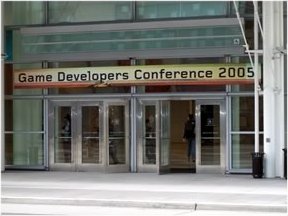 There has been a lot going on these past few days, too much to keep up with and maintain the blog as well, so that is why I haven't posted anything since I arrived. The weather has been perfect every day so far with temperatures consistently hitting 69 or 70 degrees Farhenheit, and without a cloud in the sky. So it is probably no wonder that I have been out as much as possible.
There has been a lot going on these past few days, too much to keep up with and maintain the blog as well, so that is why I haven't posted anything since I arrived. The weather has been perfect every day so far with temperatures consistently hitting 69 or 70 degrees Farhenheit, and without a cloud in the sky. So it is probably no wonder that I have been out as much as possible.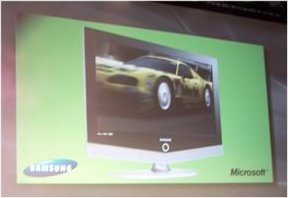 And the highlight of Wednesday was J. Allard's keynote speech where he attempted to pitch Microsoft's next generation platform strategies to the game development community. Microsoft is betting on the entertainment industry entering an "HD era" where interactive content will be always High Definition, always connected, and always personal. Actually, the speech itself was not the highlight, but rather his announcement following the speech: As an expression of gratitude to the game development community, Microsoft would be giving away 1000 HD televisions to those in the audience who held badges of the color of car that passes the finish line first. A video clip was then shown from their
And the highlight of Wednesday was J. Allard's keynote speech where he attempted to pitch Microsoft's next generation platform strategies to the game development community. Microsoft is betting on the entertainment industry entering an "HD era" where interactive content will be always High Definition, always connected, and always personal. Actually, the speech itself was not the highlight, but rather his announcement following the speech: As an expression of gratitude to the game development community, Microsoft would be giving away 1000 HD televisions to those in the audience who held badges of the color of car that passes the finish line first. A video clip was then shown from their 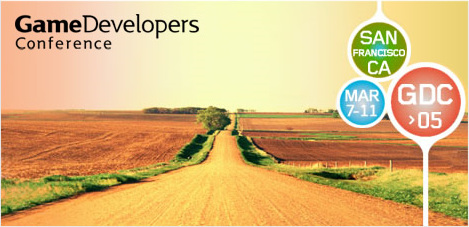
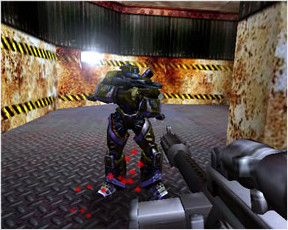
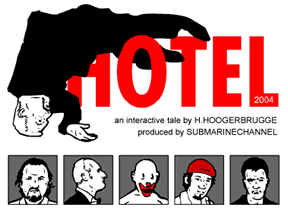
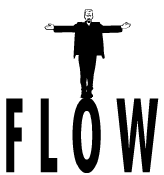
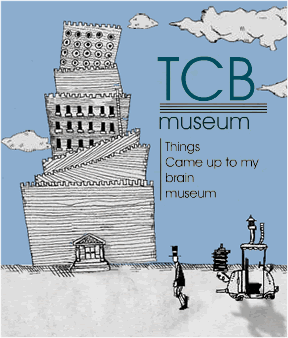
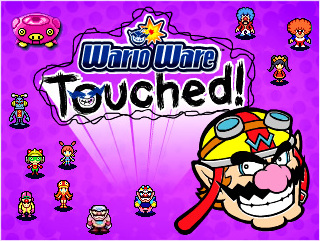

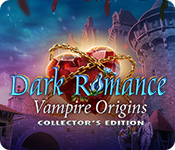
Recent Comments